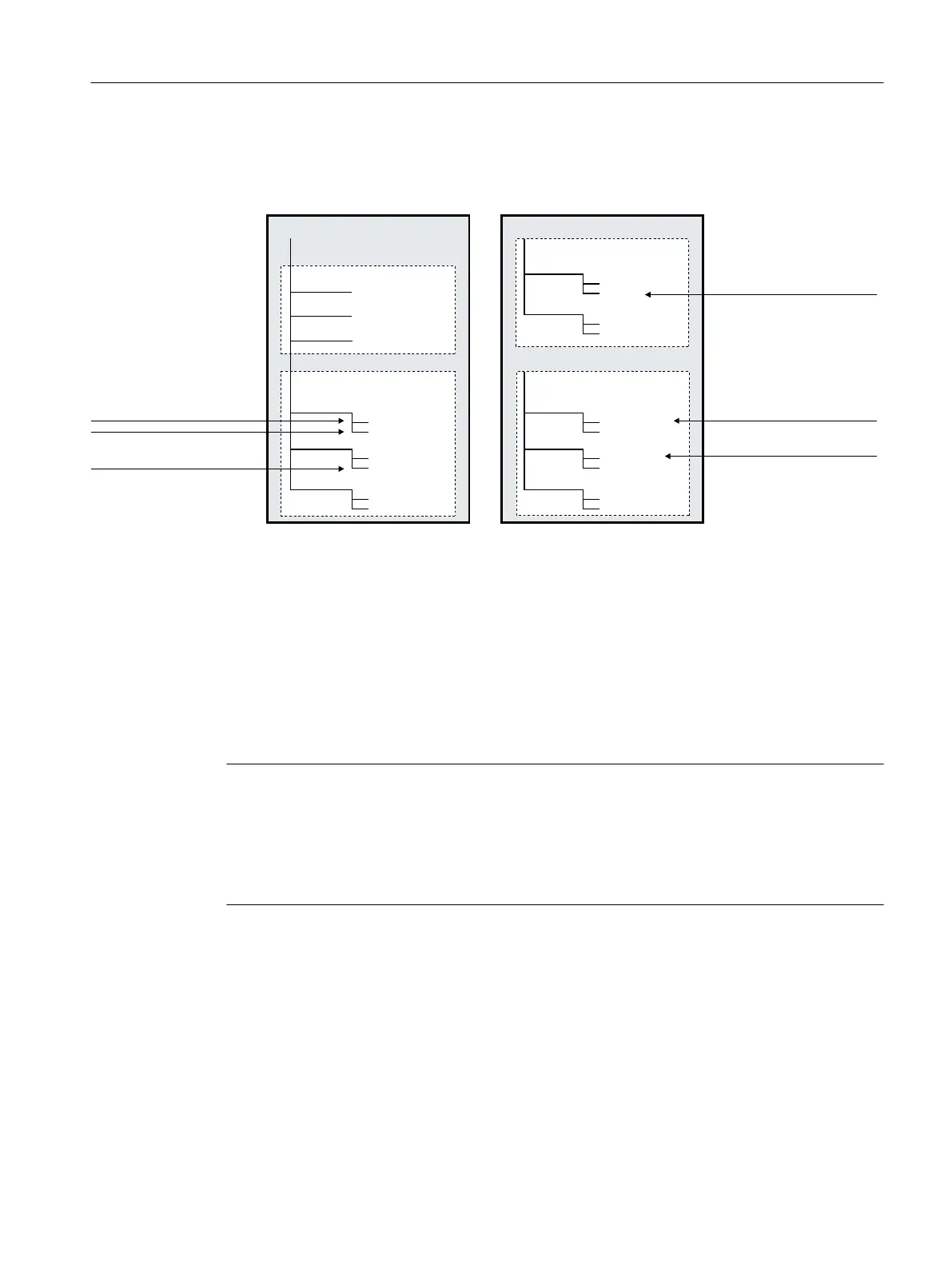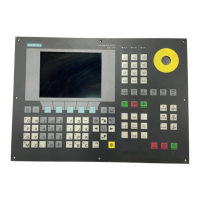Addressing in the NC/EES notation
DQ\GULYH
SS[[[
0\6XE363)
6+$)7
0\3URJ0SI
PRUH3URJV
3URJV
&\FOHV
B1B352*B03)
B1B352*B03)
*OREDOSDUWSURJUDP
PHPRU\*',5
68%63)
68%63)
352*03)
352*03)
3DUWSURJUDPPHPRU\
B1B68%B63)
B1B68%B63)
3DVVLYHILOHV\VWHPLQWKH1&.([WHUQDOSURJUDPPHPRU\
'(93URJVSS[[[
$GGUHVVLQJLQWKH((6QRWDWLRQ
$GGUHVVLQJLQWKH1&.QRWDWLRQ
$GGUHVVLQJLQWKH((6QRWDWLRQ
'(963)',568%63)
B1B03)B',5B1B352*B03)
$GGUHVVLQJLQWKH1&.QRWDWLRQ
$GGUHVVLQJLQWKH((6QRWDWLRQ
B1B03)B',5B1B352*B03)
03)',5352*03)
([SOLFLWDGGUHVVLQJ
1&B1B63)B',5B1B68%B63)
1&63)',568%63)
RU
'(9
B1B&86B',5
B1B&0$B',5
B1B&67B',5
'(9
:.6',5
63)',5
03)',5
B1B:.6B',5
B1B63)B',5
B1B03)B',5
Addressing files of the passive file system
Files of the passive file system are generally addressed in the NC notation (directory and file
names begin with the domain identifier "_N_", "_" is the separator for the file identifier) without
specifying the drive name. An addressing in EES notation (without domain identification "_N_",
separator for the directory/file extension is ".") is, however, also permitted.
Example:
● NC notation: "/_N_SPF_DIR/_N_SUB1_SPF"
● EES notation: "/SPF.DIR/SUB1.SPF"
Note
The addressing schemes for files of the passive file system in EES notation are converted
internally into NC notation in accordance with the following rules:
● Directory and file names are extended with the domain identification "_N_".
● If the fourth-last character in the directory or file name is a period ("."), it will be converted into
an underscore ("_").
The passive file system can also be explicitly addressed using the predefined drive names "//
NC:".
Example:
● NC notation: "//NC:/_N_SPF_DIR/_N_SUB1_SPF"
● EES notation: "//NC:/SPF.DIR/SUB1.SPF"
Work preparation
3.4 File and Program Management
NC programming
Programming Manual, 12/2019, 6FC5398-2EP40-0BA0 555

